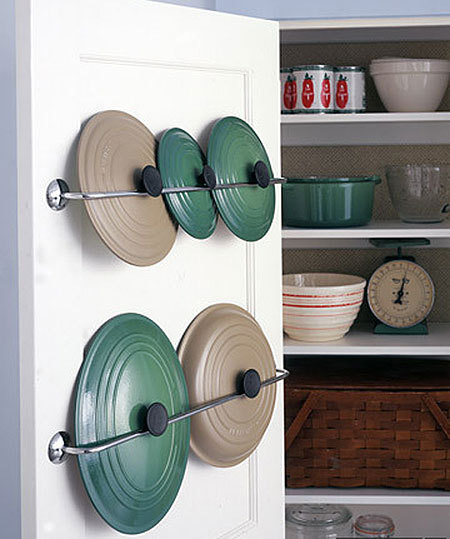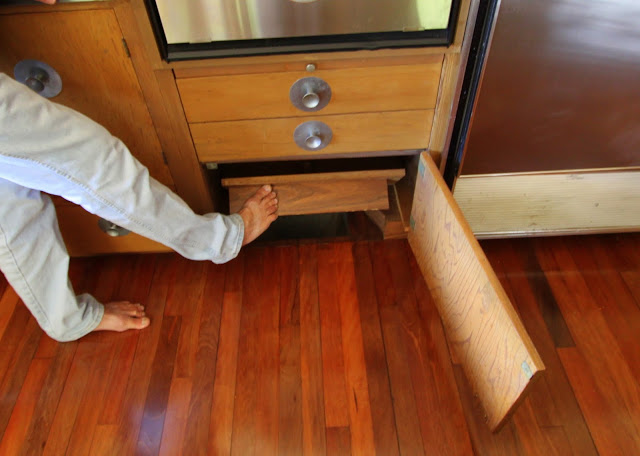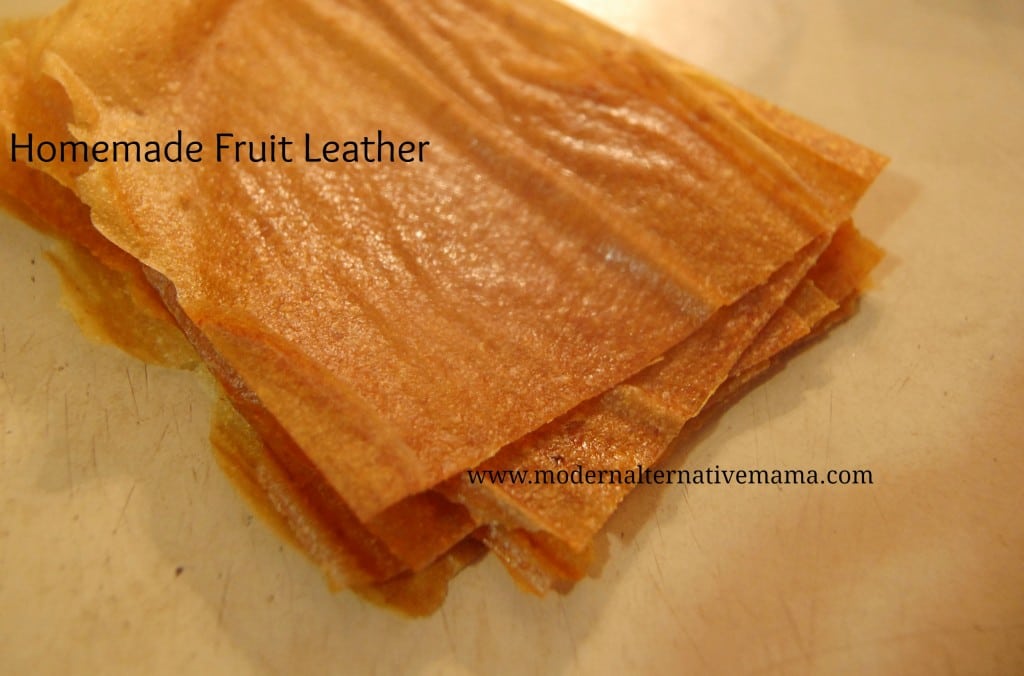
Does your strawberry pie look like this…

…or like this?
How the heck do you ENSURE your fruit pie filling will be perfectly thickened every time – no lava flow, no slumping…

…no puddle in the bottom of the pie pan?
The answer is…

You don’t. There’s no surefire, works-every-time thickener for every fruit pie out there.
Sigh. Death and taxes are still life’s only certainties.
After lots of experimenting with different fruits and thickeners, I’ve concluded there are just too many variables to guarantee perfectly thickened fruit pies EVERY time out.
That said – there are certain things you can do to increase your chances of success considerably. You can come very, very close to guaranteeing good results – even if you can’t QUITE get there.
Let’s start with the thickeners themselves.

Pictured above are the six ingredients we use here in the King Arthur test kitchen to thicken fruit pies.
Which is best? Let’s put ’em to the test.
Fresh and frozen blueberries; apples; strawberries; six thickeners. What’s the most efficient, most accurate way to gather data for analysis?
Theoretically, the best way would be to bake a pie using each combination. By my calculations, that would be 24 pies.
I’m a member of the King Arthur test kitchen staff, but I bake at home, using my own kitchen and single (sometimes balky) oven.
You ask, why don’t I take advantage of King Arthur’s wonderful kitchen facility, with its multiple ovens, “instant” dishwashers, and every ingredient and tool one could possibly want?
Because I want to replicate, as closely as possible, the experience YOU have at home: limited counter space; juggling batches of cooling cookies on and off a single cooling rack; laboriously scraping burned pie filling off a baking sheet (a wonderful reason to use parchment, folks).
So, bake two dozen full-size pies? There has to be a more efficient way. What would be quicker and easier, yet still yield valid results?

How about a muffin tin?

Light dawns on Marblehead! Forty-five minutes in a 350°F oven yields a good approximation of baked fruit pie filling: tender, bubbly fruit. Just two tins’ worth provides all the data I need.

I add a few more tests along the way, and chuck a few obvious failures. And at the end of the day, I’m able to examine over 2 dozen small mounds of thickened fruit, comparing and contrasting them for thickening ability, clarity, and flavor.

And here are the initial results. In my second round of tests, I use the information above to increase or reduce the amount of each thickener, in an attempt to produce a similar consistency in all the fillings.

One thing I notice right off is the clarity of the filling juice. The top row of photos shows blueberry and apple fillings thickened with flour. The bottom row, those same fillings thickened with Pie Filling Enhancer (a.k.a. PFE).
See how my lit flashlight is able to shine through the PFE fillings, while the cloudiness of the flour fillings dims the light?
Strike one against flour. While it’s probably the most ubiquitous ingredient in your kitchen, it doesn’t produce the prettiest fruit filling.
Now, I can hear some of you saying, “But I always use flour to thicken my fruit pies. It’s what my mom and grandma used.”
Great! If flour works for you, keep using it.
In fact, as you read through this post, you may find you disagree with some of my assessments. In fact, you may be a pie aficionado who, over the years, has worked out the perfect solution to all of your fruit filling challenges.
Again – keep doing what you’re doing! What works for you is absolutely what you “should” be doing.
And that’s the only time I like to use that loaded word, “should.” There are no Baking Police here; no absolute moral high ground, when it comes to baking.
Some bakers — and you may be one of them — take an opposing view, arguing that there’s a right and a wrong way to do things in the kitchen. But aside from basic food safety rules, I believe that there are many paths to any destination – find the one you like best, and follow it.
OK, back to the test results. Here are some general conclusions I was able to draw:
•Apples need less thickener than berries; in very general terms, about half as much.
•Fresh fruit needs just slightly less thickener than frozen.
•Flour is the only thickener that produces significant cloudiness, though cornstarch-thickened filling is somewhat more opaque than fillings thickened with other starches.
•Taste-wise, the best thickener is PFE. Its hint of ascorbic acid “brightens” fruit flavor; the other thickeners yield either neutral or flat flavor.
•Tapioca makes a filling that’s unpleasantly gluey (to my taste), even at low levels; the others make a filling with pleasing consistency.
•The thickness of some fillings (namely, those thickened with flour or cornstarch) changes a lot as they cool, while others (especially Signature Secrets) come out of the oven fairly close to what their final thickness will be.

And now, the $64,000 question: how much of each thickener do you use to get that perfectly thickened filling?
Not so thick it’s rubbery and tough…

…nor so thin it “bleeds” out of the crust.
Truthfully? The most I can say is, it varies. Fruit to fruit, pie style to pie style.
Pie style? Yes. Interestingly, I found that a double-crust pie needs more thickener than an open-faced pie, or one with a lattice crust, or pastry cutouts on top.
Makes sense, when you think about it. Even with vents in the top crust, that layer of pastry is preventing steam from escaping as the pie bakes. The liquid that would evaporate from an open-faced pie is trapped in a double-crust pie. Thus more thickener is needed to thicken the extra liquid.
My conclusion, after all these tests, is this:
Follow a recipe when making fruit pie.
Sounds like common sense, doesn’t it? But how many times have you made a fruit pie, and substituted raspberries for some of the peaches, or cherries for a portion of the blueberries? Or used flour as the thickener because you’d run out of cornstarch?
Good recipes are thoroughly tested, using the ingredients as written. If you want to make that perfect apple pie you see pictured in your cookbook, use the ingredients as written – no substitutions!
Another path you can take: combine just the fruit and sugar (no thickener), stir, and let rest for 30 to 60 minutes. Stir again, pressing down on the fruit so it releases as much juice as possible. Pour the accumulated juice from the bowl into a saucepan, and simmer until thick and syrupy. Pour over the fruit, and continue with the recipe as written.
One more thing you can do: record your results. Jot down the following on each fruit pie (or crisp) recipe you make:
•Season of the year;
•What variety of fruit you used (especially apples; e.g., Northern Spy, Granny Smith), and whether it was grown locally;
•Whether the fruit was fresh or frozen;
•Type of crust (single, double, lattice, etc.);
•Pan used;
•Baking temperature;
•Baking time;
•How long the pie cooled before you cut it (strong suggestion: overnight);
•Initial outcome: perfect, lava flow, too stiff, etc.;
•Outcome 24 hours after cutting (still perfect, puddled juice in pan, etc.).
If you take the time to record your results, you’ll be able to make adjustments to your recipe until eventually, you find that sweet spot: the ingredients, style, pan, and baking/cooling process that create the “perfect” fruit pie.
So, after several rounds of testing over a few days (which did, eventually, include some complete-with-crust, full-size pies), I’ve chosen my two favorite fruit pie filling thickeners:
Pie Filling Enhancer for apple pies; and Instant ClearJel for berry pies.
And the reasoning behind that decision?
PFE’s ascorbic acid adds a touch of welcome tang to apples; especially store-bought apples, which can taste bland.
And ClearJel, with its extra thickening power (ounce for ounce), is a good match for the large amounts of juice most berries exude as they bake.
Both have a benefit none of the other thickeners have: they work well with pies that will be frozen after baking, then thawed, as neither breaks down when frozen/thawed, like other starches do.
Oh, one more tip: Signature Secrets is perfect for no-bake fruit pies. It thickens instantly – no baking needed. Simply slice fruit/crush berries, mix with sugar, and wait until juices collect. Stir in Signature Secrets, continuing to add until the filling is as thick as you like; then spoon filling into a baked pastry or graham cracker crust.
And finally – DO NOT cut into a fruit pie while it’s hot! The vast majority of warm fruit pie fillings will collapse into the breach you’ve created by lifting out the first slice. Just to be safe, I like to let a pie rest overnight before cutting.
If you just can’t wait, and want to cut your pie while it’s just slightly warm (not hot), it’s good to have a pie dam on hand to stanch the filling flow.

So, now that you’ve read all you ever wanted to know about fruit filling thickeners, you should be able to turn this…

…into this.
You may find success right away; or it might take you a few tries. But if you follow the recipe; record your results, then use those results to fine-tune your next pie, you’ll soon be right up there with the best fruit pie bakers you know.
Promise!
Ready to bake? Here are some recipes you might enjoy –
•Blue Ribbon Pie
•Bumbleberry Pie
•Paper Bag Apple Pie
•Presidential Cherry Pie
•Rustic Raspberry-Peach Pie
•Strawberry-Rhubarb Pie
And remember, if you ever need a hand – the friendly bakers manning our hotline are ready to help.
























![photo 1[1]](http://blog.kingarthurflour.com/files/2013/08/photo-11.jpg)





































































